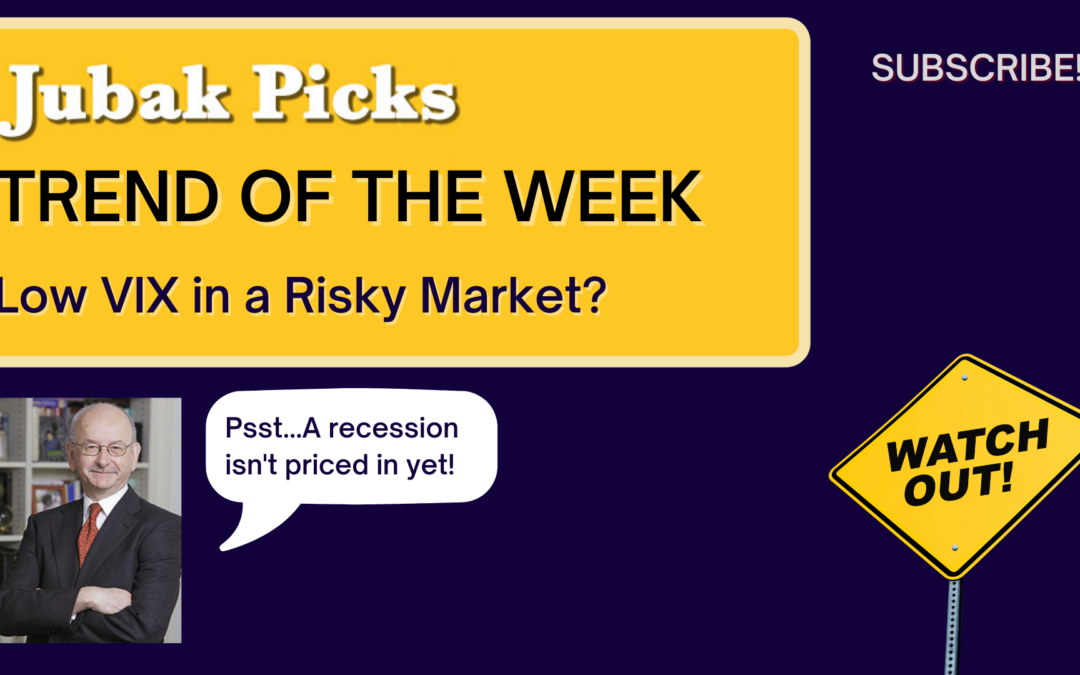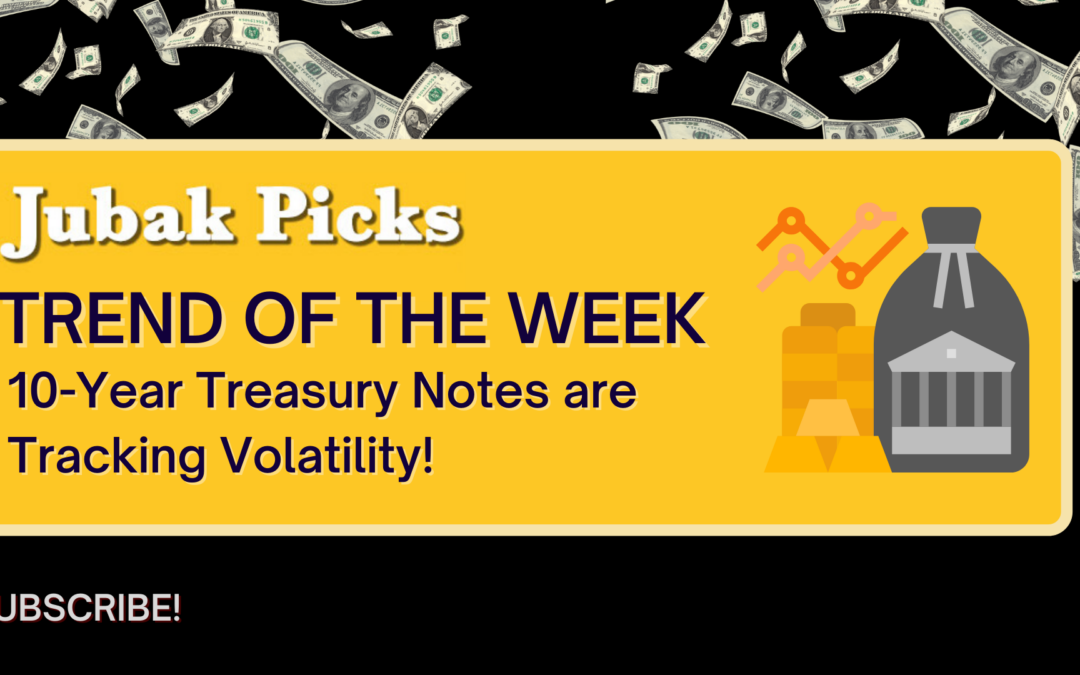
Is this stock market too directionless to be tradable in the short-term?
I’m not putting on any leverage bets on market direction at the moment. The trend is just too “trundles.”

I’m not putting on any leverage bets on market direction at the moment. The trend is just too “trundles.”

This week’s Trend of the Week asks Why, despite all the turmoil in the markets, has the CBOE Volatility Index–also known as the VIX, or the “Fear Index,” remained so low? I think this should signal to us that the market has not currently worried in the near term about long-term problems it knows are coming down the road, like rate hikes and a recession at the end of 2022 or in 2023.. In the VIX’s short-term view, there’s no need to worry. Time to put a call on the VIX?

Here is what I expect: A strong spring and summer rally–powered by FOMO and by gains in Post-Pandemic economic recovery stocks. But that rally will be subject to big plunges because so many investors are poised to sprint for an exit. And all of this, later in 2022 will be followed by an actual Recession market. My worry is that the FOMO rally will make it harder for investors to make the moves they need t make now to prepare for that Recession market. The time to prepare is now nd not when everybody has bid up the price of Recession market favorites. Tricky, no?

Friday, March 18, is a triple-witching day in the options market where roughly $3.5 trillion of single-stock and index-level options are set to expire, according to Goldman Sachs. At the same time the market wills the rebalancing of benchmark indexes, including the Standard & Poor’s 500.

Consternation isn’t an investment strategy. Although I certainly understand that reaction to current stock market moves. The day to day volatility is that extreme. But if we focus on that volatility and on how confusing this market is, I think we’re in danger of overlooking the investable trends (up and down) in this market. So let me try, please remember that this is a work in progress and subject to revision, to tease out some of the longer trends that will drive stock prices in the medium term.

$2.2 trillion of options are set to expire on Friday. That includes $545 billion on individual stocks, Goldman Sachs estimates. And about $985 billion of S&P 500-linked contracts and $165 billion in options tied to the SPDR S&P 500 ETF (SPY), the world’s largest exchange-traded fund, Bloomberg reports.
During the last year equity indexes have shown a reliable pattern of lurching lower near the expiration Friday

Yesterday I owned the wrong stocks. Ford Motor (F) fell another 0.51%. Lithium producer Albemarle (ALB) dropped 1.39%. Deere (DE) gave up 1.38%. Today I owned the right stocks. Ford was up 3.55%. Albemarle gained 6.02%. Deere picked up 1.59%.

I want to get these thoughts up on the investing consequences of a period where market history is an unreliable guide to future market behavior before I post my newest Special Report: “A New Core Portfolio for a New Market–10 picks.” The 5 strategy conclusions I’m putting out today certainly feed into my thinking about the nature of the new market. I’ll be working on that that Special Report over the weekend and will post it on Monday, February 14, just in time for Valentine’s Day.

At the close today, the VIX–the CBOE S&P 500 Volatility Index–had gained 2.24% to 17.33. During the day it had dropped as much a 1.53% to 16.69. That’s a level that I find interesting, again, as a play on potential volatility in January.

I’m starting up my videos on JubakAM.com again–this time using YouTube as a platform. My eightieth YouTube video “Trend of the Week: Ten-Year Treasury Notes are Tracking Volatility” went up today.

With the VIX “fear index” falling back closer to “normal” levels–it dropped to 21.89 yesterday from 31.12 on December 1–it sure feels like the extreme volatility of the end of November and early December is on the ebb. The move to yesterday’s 21.89 close from December 1 was was a surge of 30% in the CBOE S&P 500 Volatility Index in a week. This move away from panic follows on a jump in the “fear index” in the week from November 24 to December 1 of 67% in the opposite direction. I’d be surprised if we don’t see another surge in volatility in the rest of December or in January with what promises to be a crazy earnings season, but even if volatility holds at something like today’s level–slightly elevated from the historical averages but in the rough ballpark–don’t forget that volatility has a long tail. Volatility, in fact, creates volatility. And not least of all in individual stocks.

Even as stock market indexes hit record high after record high, Wall Street is buying options to hedge against risk in the Standard & Poor’s 500.